The recent spate of rock memoirs has proved one of the less rewarding sub-
genres in the post-digital Gutenberg galaxy. Obeying few rules of a good read, they usually suggest a variant on Frank Zappa’s biting assessment of rock journalists: ‘People who can’t write, ghosting for people who can’t talk, targeting people who can’t read.’
So it’s refreshing to find that Bruce Springsteen and Robbie Robertson, the two notable rock memoirists this festive season, have both dispensed with the ghostly intermediary, dusted off their PCs, loaded a thesaurus programme and writ large. Doorstop large.
In Robbie Robertson’s case, we are assured that every word of Testimony is his own, even if there are signs of an ongoing battle with his long-suffering American editor. The decision to intercut childhood memories with risqué anecdotes of time spent in Ronnie Hawkins’s Hawks — Canada’s early Sixties answer to the British blues boom — certainly chances a literary arm. It’s abandoned after 150 pages, perhaps after seeing the sales figures for the last rock memoir to bypass straight narrative.
Anecdotes are sprinkled liberally throughout, but all too often they read like those of an after-dinner speaker failing to recall Steve Martin’s observation: ‘The point of an anecdote is that it has a point.’ Reading Testimony is like stumbling into a name-droppers’ convention.
Perhaps this should come as no great surprise. If there is a defining image of Robbie Robertson — the guitarist-songwriter who put the E in the Electric Dylan, patented the sound of Americana and hijacked Levon Helm’s Band — it is the ruggedly handsome, clean-shaven musical director of The Last Waltz, Martin Scorsese’s famous 1978 movie of a 1976 Winterland gig intended to draw a curtain across 16 years of The Band on the road.
Having watched that film many times, I never really understood why the likes of Neil Young, Joni Mitchell, Eric Clapton and Emmylou Harris had gatecrashed The Band’s farewell bash. Bob Dylan, Ronnie Hawkins and Van Morrison played a part in The Band’s history — the two former as leaders of the formative Hawks at a time when Robertson was obliged to play the reluctant sideman. But Neil Diamond?
After reading Testimony, all becomes clear. Robertson thinks his story is The Band’s story; if he played on a Joni Mitchell record or produced a Neil Diamond record, they acquire a bond with The (whole) Band.
But, try as he might, this memoir doesn’t exist in a vacuum. Barney Hoskyns’s even-handed Band history, Across The Great Divide, and Levon Helm’s intemperate memoir, This Wheel’s On Fire — both published in 1993 and still in print — cannot help but frame Robertson’s rhetoric.
No matter how hard Robertson tries to convince the reader he is speaking not only from the heart but for the historical record, this is a book that no one thought to fact-check. Its author consciously avoids cross-referencing his spasmodic memories with previous accounts, which may go some way to explaining its muddled chronology. Brian Jones takes him to see Jimi Hendrix at a club, but months after the fact; Dave Crosby and Marlon Brando were in Dylan’s (and, incidentally, Robertson’s) company several months either side of their placement in Testimony.
One insuperable problem is Robertson’s assumption that the reader will take him as a sympathetic, credible narrator of his own life story. I suspect the keen reader will already know that he has been variously accused by other ex-Band members — all now conveniently dead — of taking credit for every notable Band composition, even the ones that were composed collectively; of taking back the song publishing from cash-strapped Band members for a pittance; and of orchestrating The Band’s demise at the end of 1976. Unsurprisingly, there is no mention of the nickname, ‘the Barnacle Man’, given him by crew members on Dylan’s 1966 world tour — such was Robertson’s determination to attach himself to the shooting star.
Ambition is not a word that Robertson is ashamed of. He makes clear that while other members of The Band preferred to sink into their own internalised torpor of drugs and drink, he didn’t. The story of how he emerged from the Big Pink basement in 1968 with the bulk of Music From Big Pink and The Band in his back pocket is one he should be proud to relay, perhaps in greater detail.
Even here, though, he gives the impression that he was beholden to few. Even when he gives thanks (and a soupçon of credit) to Dylan, the Band’s manager Albert Grossman and the late, unlamented Levon Helm, one feels he’s doing them a favour. As for his version of how he persuaded Dylan to use the Hawks as his backing band in September 1965, it has more holes than a punk T shirt.
Likewise, when he reluctantly addresses the thorny issue of whether he cajoled the other Band members into surrendering their copyrights in 1974 — as Helm often claimed — he wants us to believe that the others begged him to buy them out, only months after each of them had received their biggest ever payday for backing Dylan on the most oversubscribed tour in rock history.
One comes away from Testimony with a grudging admiration for Robertson’s tenacity, but no greater understanding of where classic songs like ‘The Weight’, ‘Acadian Driftwood’ and ‘The Night They Drove Old Dixie Down’ came from; or where that gift went. Such economy of phrasing isn’t evident in the book, even at its peppiest, which is why it will end up on the bonfire of rock’s vanities.
Got something to add? Join the discussion and comment below.
Get 10 issues for just $10
Subscribe to The Spectator Australia today for the next 10 magazine issues, plus full online access, for just $10.
You might disagree with half of it, but you’ll enjoy reading all of it. Try your first month for free, then just $2 a week for the remainder of your first year.

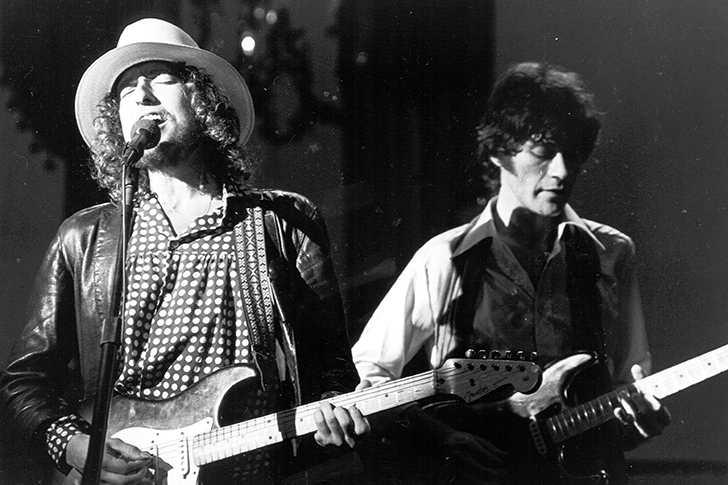
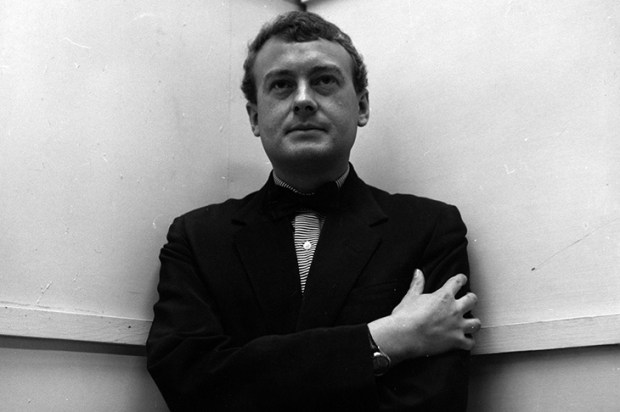

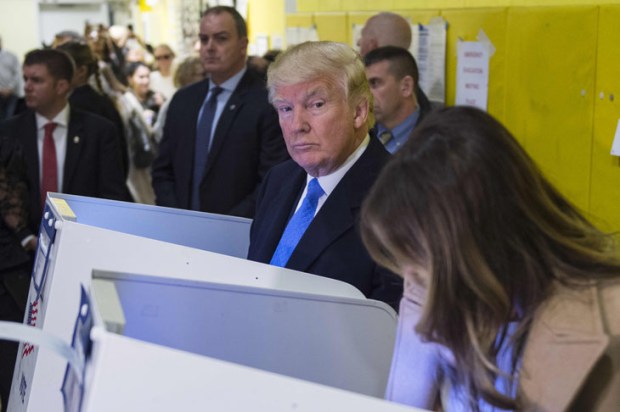
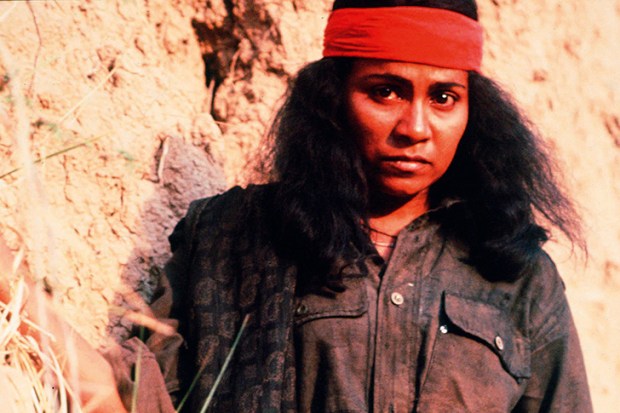
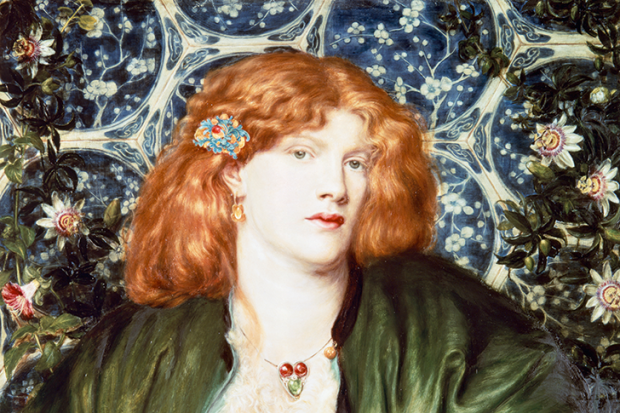
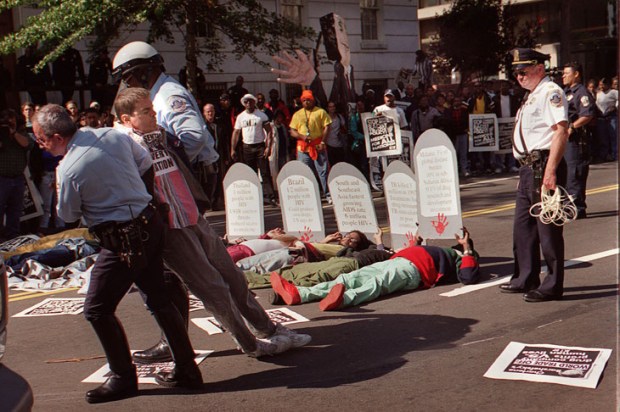






Comments
Don't miss out
Join the conversation with other Spectator Australia readers. Subscribe to leave a comment.
SUBSCRIBEAlready a subscriber? Log in